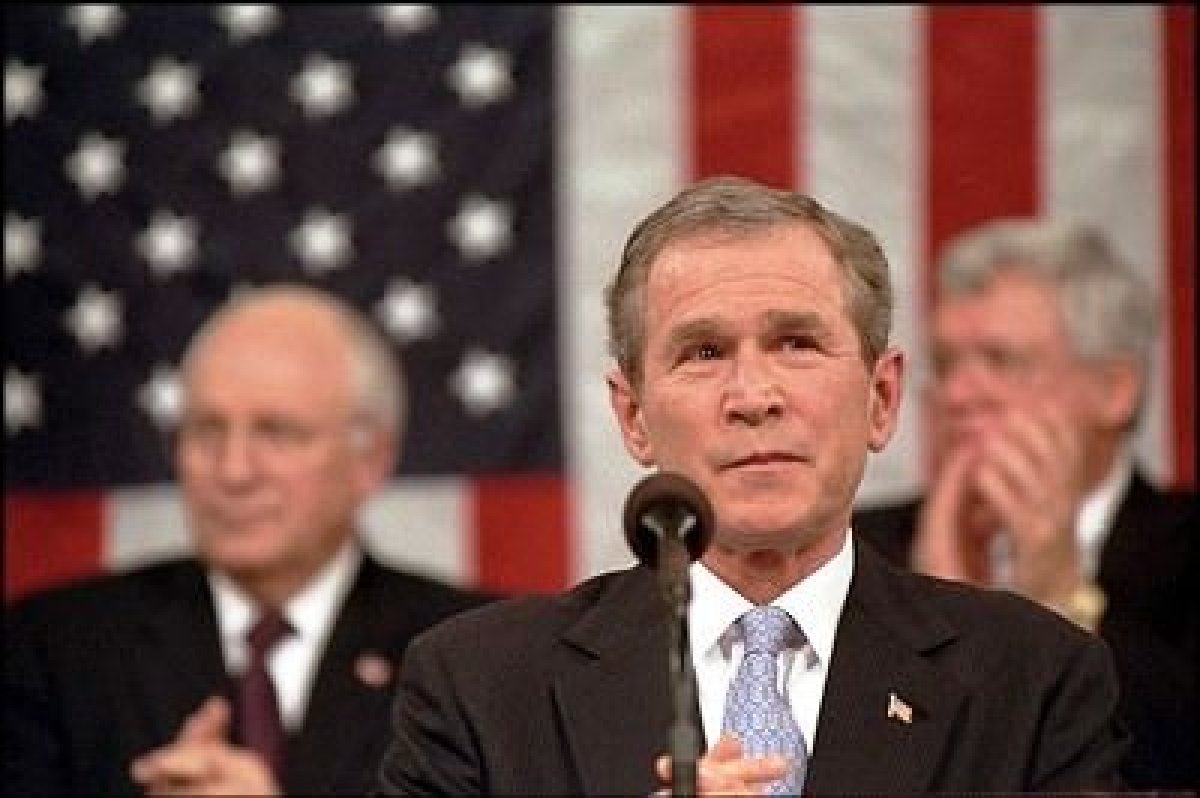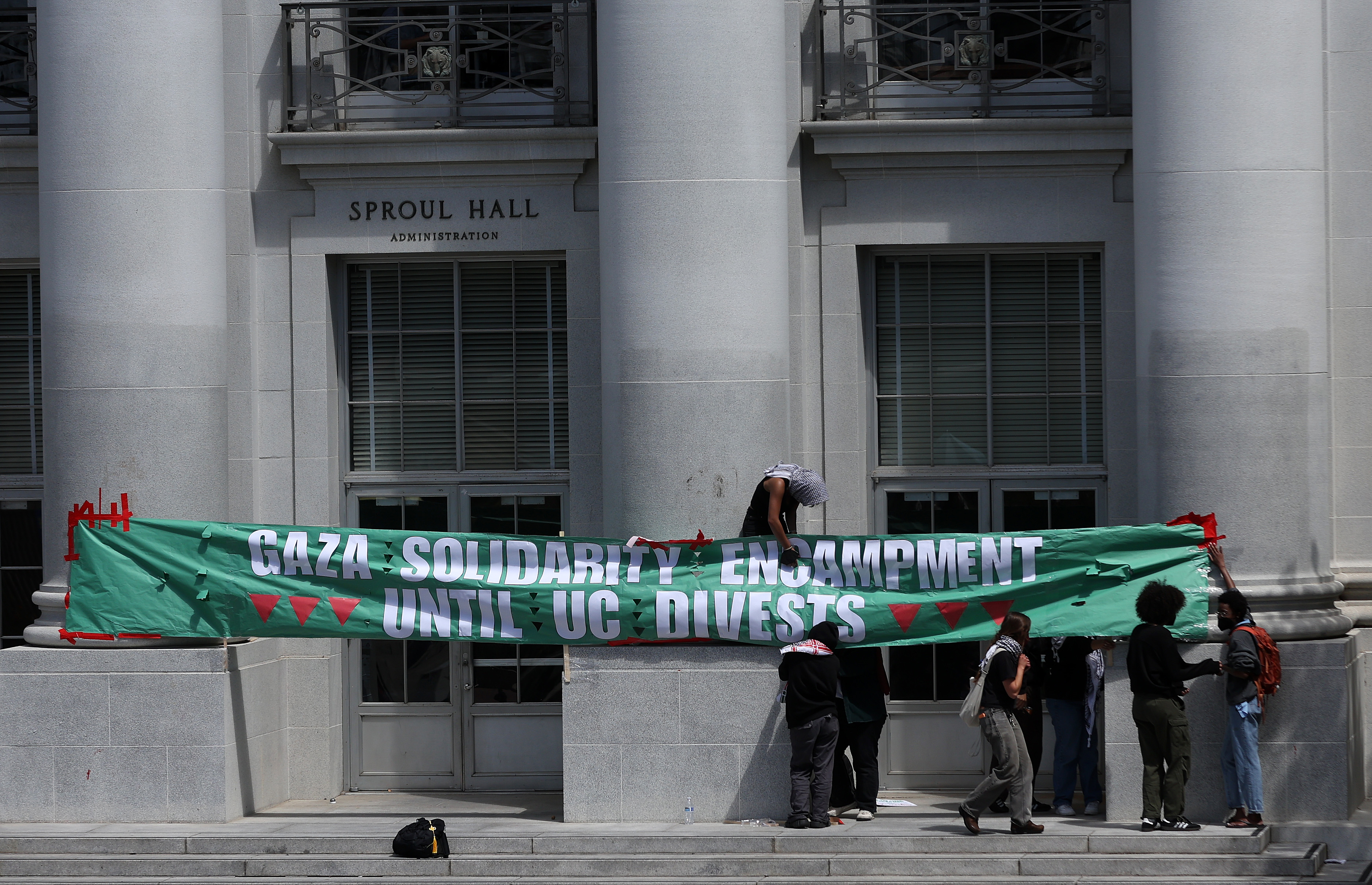This article was first published on the Council on Foreign Relations site.
President Donald Trump is set to deliver his first official State of the Union address tonight at 9 p.m.
The White House has not revealed the details of the speech yet, but it will likely hit many of the same points Trump made earlier today in his speech at Davos.
You can bet he will say he had a great first year in office as he cites tax cuts, record low unemployment, and record high stock markets.
Odds are also good that he will discuss trade, immigration, infrastructure, and the accomplishments of his America First foreign policy.
In doing so, he will be seeking to frame the public debate in a midterm election year where the political winds look to favor Democrats.
Vox is already out with a piece previewing what Trump might say and how you can watch online. You can expect a flood of similar pieces from the New York Times , Washington Post , Wall Street Journal, NPR, Politico, and just about everyone else over the next seventy-two hours.
Rather than add to that onslaught, I'll go in different direction. Here are ten facts about the State of the Union that you may not know.

1. The U.S. Constitution requires the president to deliver a State of the Union address to Congress.
Article II, Section 3 stipulates: The president "shall from time to time give to the Congress Information of the State of the Union, and recommend to their Consideration such Measures as he shall judge necessary and expedient." Although the Constitution doesn't define "from time to time," by tradition the president conveys that message once each year.
The Constitution says nothing about when the president should deliver the information or how he should deliver it. Until 1934, the State of the Union message was typically delivered in December rather than January.
2. President Franklin Delano Roosevelt popularized the use of the phrase the "State of the Union" address.
Before FDR took office, presidents had called their annual message to Congress just that, the "Annual Message," even though the words "State of the Union" appear in the Constitution.
3. For more than a century, the State of the Union was delivered to Congress in writing rather than in a speech before a joint session of Congress.
George Washington delivered the first State of the Union address—or "Annual Message" if you prefer—in person and in New York. (It was the capital of the United States from 1785 to 1790.) John Adams did likewise during his one term in office. Thomas Jefferson, however, abandoned the in-person speech for the written message, perhaps because he wasn't a great public speaker.
The practice of a written message persisted until 1913, when Woodrow Wilson revived the practice of giving a speech. Ever since FDR, presidents have almost always used speeches rather than written messages to fulfill their constitutional obligation to inform Congress about the State of the Union.
4. Ronald Reagan began a tradition of not calling a president's first speech to a joint session of Congress a State of the Union address.
Presidents before Reagan had no qualms about giving a State of the Union address immediately upon becoming president. John Kennedy, for instance, gave a State of the Union speech on January 30, 1961, ten days after taking the oath of office.
( That speech deserves the title of most alarming State of the Union address ever delivered. Kennedy said that he was speaking at an "hour of national peril," that "the American economy is in trouble," "our cities are engulfed in squalor," and "our supply of clean water is dwindling," but that "all these problems pale when placed beside those which confront us around the world" as "we draw nearer the hour of maximum danger." And to think that my parents' generation regards that time as the good old days.)
Reagan, however, called his 1981 speech an " Address Before a Joint Session of Congress on the Program for Economic Recovery." All of Reagan's successors, including Trump, have followed that precedent and declined to call their first speech to a joint session of Congress a State of the Union address.
George H.W. Bush, Bill Clinton, and George W. Bush all called their messages "Administration Goals" speeches. Barack Obama and Trump both called their first speeches simply an " Address Before a Joint Session of Congress."
5. During presidential transition years, Congress sometimes receives annual messages from two different presidents within a span of weeks.
Outgoing presidents can give a State of the Union address even if the incoming president is likely to do the same. Harry Truman, Dwight Eisenhower, Lyndon Johnson, Gerald Ford, and Jimmy Carter all delivered an annual message in their final weeks in office, though only LBJ and Ford did it as a speech to a joint session of Congress.
6. Some presidents go short in their State of the Union addresses, some go long, very long.
Washington holds the record for brevity, using just 1,089 words in 1790. That's slightly longer than a typical newspaper op-ed. Among presidents since LBJ, Richard Nixon holds the record for shortest State of the Union speech. His 1972 address clocked in at a shade under 29 minutes.
Carter holds the record for the longest State of the Union address. His 1981 address, which he (thankfully) delivered to Congress in writing rather than in person, ran 33,667 words. (That's the last time the State of the Union was delivered in writing.)
Bill Clinton holds the record for the longest State of the Union address delivered in person, whether that is measured by the number of words ( 9,190 in 1995 ) or by the time it took to deliver ( one hour, twenty-eight minutes, and forty-nine seconds in 2000 ).
Obama's speeches averaged 6,824 words. His longest speech was 7,304 words in 2010. His shortest was 6,044 in 2016. (Obama's 2009 speech came in at 5,902 words, but he choose not to call that speech to a joint session of Congress a State of the Union address, though he could have if he had wanted to do so.)
Trump's speech last February to a joint session of Congress, which again wasn't called a State of the Union address, ran 5,006 words and one hour and ten seconds.
7. The prose in State of the Union addresses has gotten simpler over time.
As the mode of delivering State of the Union addresses has shifted from writing to speaking and as the audience for the addresses has shifted from lawmakers to the country at large, their linguistic complexity has declined.
8. Two presidents never delivered an Annual Message or State of the Union Address.
William Henry Harrison and James Garfield both died before they had the chance to deliver one, Harrison from pneumonia in 1841 and Garfield from an assassin's bullet in 1881.
9. Technology has expanded the State of the Union's audience.
Calvin Coolidge was the first president to have his State of the Union message broadcast by radio (1923). Truman was the first president to have his State of the Union message broadcast on television (1947). Bill Clinton was the first president to have his State of the Union message broadcast over the Internet (1997).
10. While most State of the Union addresses are only remembered by those who wrote them, the ones with a lasting impact have often tackled foreign policy.
James Madison announced the Monroe Doctrine in his annual message in 1823. Theodore Roosevelt added his corollary to the Monroe Doctrine in his annual message in 1904. FDR unveiled his " Four Freedoms " in his 1941 State of the Union address. And George W. Bush warned of the " Axis of Evil " in his 2002 State of the Union address.
James M. Lindsay is senior vice president, director of studies, and Maurice R. Greenberg chair at the Council on Foreign Relations (CFR), where he oversees the work of the more than six dozen fellows in the David Rockefeller Studies Program.
Corey Cooper and Patrice Narasimhan contributed to the preparation of this post.
Uncommon Knowledge
Newsweek is committed to challenging conventional wisdom and finding connections in the search for common ground.
Newsweek is committed to challenging conventional wisdom and finding connections in the search for common ground.
About the writer
To read how Newsweek uses AI as a newsroom tool, Click here.








